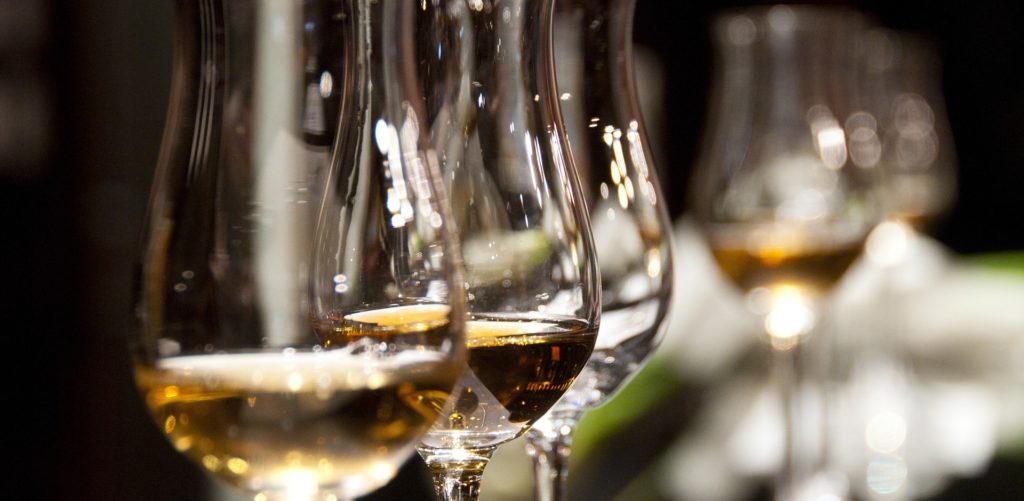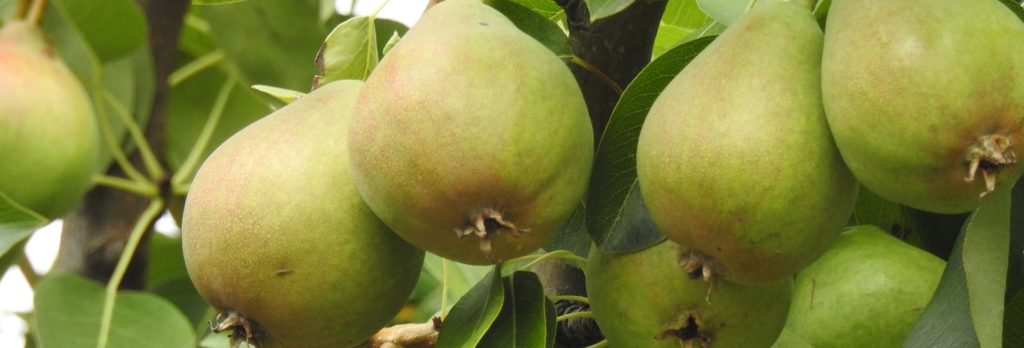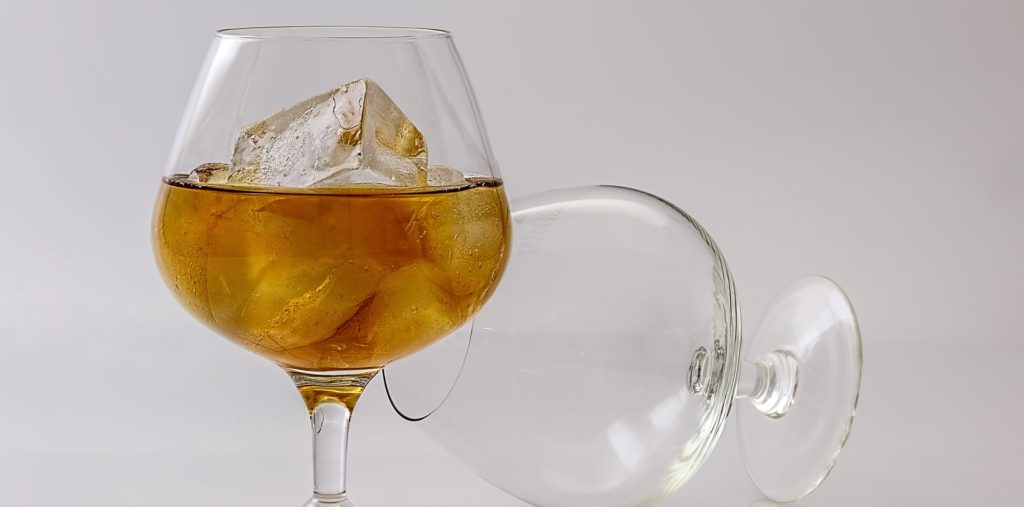What is Hard Cider?
Cider, apple cider, soft cider, and hard cider are terms that can often be confusing because their use varies by region or context. Additionally, there are lots of closely related beverages which are sometimes hard to differentiate from hard cider. So what is hard cider anyway, and how does it impact our goal of making hard cider?
United States vs. Rest of the World
The understanding and definition of hard cider varies through the world.
In the United States:
- Apple juice: Non-alcoholic drink made from apples, typically filtered and sometimes sweetened.
- Cider, apple cider, or soft cider: Non-alcoholic beverage made from apples, typically unfiltered and unsweetened. For more information, check out the article on the difference between apple juice and apple cider.
- Hard cider: An alcoholic beverage made by fermenting the juice of apples.
And in most of the rest of the World:
- Apple juice: Non-alcoholic drink made by crushing fruit, typically apples. Comes in clear, cloudy, still and sparkling.
- Cider: An alcoholic beverage made by fermenting the juice of apples.
For the remainder of the article, and throughout my site, I will use the term hard cider. If you are from outside the United States and believe it is simply called cider, I apologize.

Beverages Related to Hard Cider
Ok, so now that you know a bit about ‘what is hard cider’, let’s look at some other beverages that are like hard cider, but are different enough to have their own name and category.
As you will see, there is a lot of gray area as there is overlap in some terms and concepts. Some of what comes next is my opinion, but I believe it to be generally accepted by most of the homebrewing community.

Apple Wine
Apple wine is very closely related to hard cider; so much so that it’s hard to clearly differentiate between them. Generally, the biggest difference between hard cider and apple wine is the alcohol content.
Hard Cider is typically in the range of 4-6% ABV whereas apple wine is in a higher range of 8-14%. Is there some magic number where a hard cider becomes an apple wine? No. Do I believe someone who tells me they made a ‘hard cider’ with 12% alcohol? No, they made an apple wine.
Generally, I consider 8% to be a reasonable cutoff point. Anything higher than that, and I have a tough time calling it a cider.

Cyser (Apple Mead)
Before understanding what cyser is, you need to know what mead is. Mead is a variation of wine that uses honey as the source of sugar. It’s typically made by combining honey, water, and some other flavorings (typically fruits or spices), then fermenting it by adding yeast. Cyser is that same thing, but using apple cider (or juice) instead of water.
So, cyser is mead that uses apple juice instead of water.
Again, the lines aren’t always crystal clear between hard cider and cyser. If you add 3 pounds of honey to a gallon of apple juice and ferment, that is clearly cyser. If you don’t use any honey at all, that is clearly hard cider. But what about adding ¼ cup of honey during primary fermentation or perhaps using honey as the source of bottling sugar for carbonation. Typically, I would still call that a hard cider, but you can see how it becomes less clear the more honey you use.
If you insist on a clear line, I would say that using less than a cup of honey per gallon and staying under the 8% ABV remains in the hard cider category, anything above is a mead or cyser.

Perry (Pear Cider)
Perry (or pear cider as some people call it) is very closely related to hard cider, and complicates our journey for determining ‘what is hard cider’. Essentially, perry is hard cider that uses pears instead of apples. So, swapping pears for apples in the definition at the top of the page would mean perry is “An alcoholic beverage made by fermenting the juice of pears”.
It is a common practice to use a combination of pear and apple juices (often due to the cost or availability of pear juice). Many of the commercially available ‘pear ciders’ use apple juice in them (read the label and it will say). Most in the homebrewing community (myself included) would say that perry should be all (or nearly all) pear juice. Apple juice in a perry would be considered a ‘filler’ that detracts from the product.
There is absolutely nothing wrong with fermenting a beverage with half apple juice and half pear juice, it’s just that I would call that beverage a pear-flavored hard cider and not perry (or pear cider).
Flavored Hard Cider vs. Wine
If you ferment apple juice, it is called hard cider. If you ferment pear juice, it is called perry. If you ferment grape juice, it is called wine. But what is it called if you ferment another type of juice, such as raspberry, pineapple, peach, watermelon, etc? Is that called pineapple cider, or pineapple wine?
2 camps:
- Cider ‘purists’: An extremist in this group would say that if it has a single drop of any fruit other than apples, it can not be called hard cider. I haven’t come across too many people that are this extreme, but those that are will let everyone know about it. 🙂
- The others: If apple plays a significant role (50%+), then it still falls in the cider camp.
I don’t know that anyone would call a beverage made from 100% fermented pineapple juice a cider. Just understand that the less apple you use (in favor of a different type of juice), the more you are venturing into the wine territory and away from the cider territory.

Apple Jack (Apple Brandy)
Apple Jack is beverage that is made by making hard cider, then distilling it to increase the alcohol content into an apple brandy. I don’t go into this on the site, because distilling at home without proper permits and licenses is illegal. Generally, it is distilled through a process called ‘freeze distillation’, which involves freezing the hard cider, then removing the ice (since the water will freeze, leaving the concentrated alcohol behind).
Ice Cider
Ice cider is the apple equivalent to ice wine. It is made in one of 2 ways:
- Make ‘soft’ cider (non-alcoholic), then freeze it and remove the ice to concentrate the sugar in the remaining liquid. Fermenting the concentrate will result in a higher alcohol content.
- Leave the apples on the trees into winter, where the cold weather naturally concentrates the sugars. Then harvest and use to make hard cider. Again, there is a higher sugar content, which will result in a higher alcohol content.
Conclusion
Determining ‘what is hard cider’ may seem like a simple thing once you can get over the differences between the terminology used in the United States and the rest of the world. However, it becomes clear that there is lots of overlap between hard cider and some other related fermented beverage.
My thought: WHO CARES!! If you want to combine apple, pineapple, and cranberry juice and ferment that, who cares what it’s called. Want to ferment Pog? Awesome! People may debate what to call things, but in the end, it doesn’t really matter.
And if anyone has a suggestion for what to call fermented Pog, send me a message in the contact page!!

